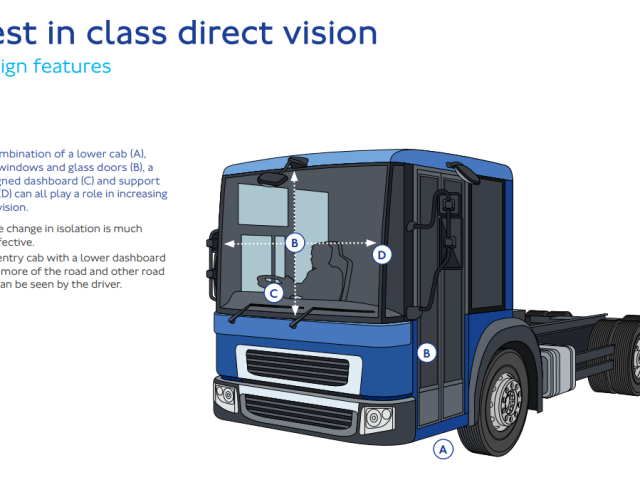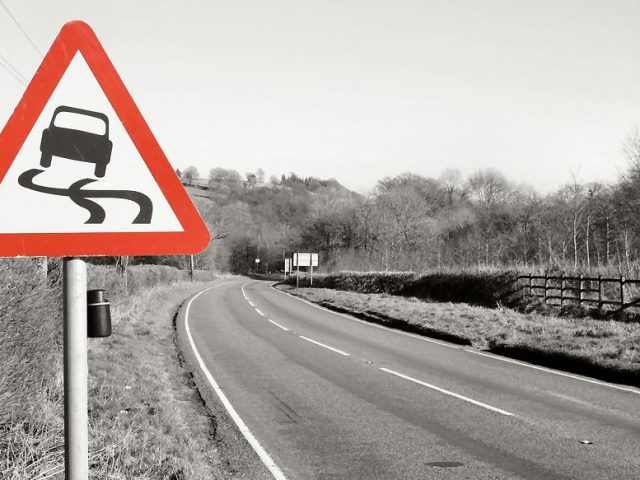A Methodological Approach to National Road Safety Policies
The main goal of this Review is to set out a methodological approach to the effective development and implementation of national policies for safety on the roads in EU member countries – especially those whose safety levels are below the EU-15 average, namely Belgium, Cyprus, Czech Republic, Estonia, France, Greece, Hungary, Italy, Latvia, Lithuania, Malta, Poland, Portugal, Slovakia, Slovenia and Spain.
Central to the findings of the Review is a checklist presented in Chapter 4 to help decision makers and practitioners at national level to assess what they have achieved so far by way of road safety policy and to detect potential deficiencies. The checklist can be regarded as a “step ladder”, encouraging decision makers and practitioners to climb to the highest levels of achievement in road safety by adding step by step to their achievements so far or by revisiting earlier steps.
Chapter 4 also presents a number of common prerequisites for successful road safety work. Analysis shows that road safety performances vary significantly between Member States. There have been countless efforts to explain the differences between countries or to identify the key factors that make a country safer, but so far no stringent recipes are available: there is simply no single way to success and – given the various political and legal frameworks – a strategy that was successful in one country could well fail when applied to another without being adapted to national requirements.
In order to develop an effective targeted national road safety programme, a comprehensive analysis of road safety problems of the country concerned should be made. Chapter 5 briefly outlines the essential elements of such an analysis. The analysis of road safety problems is complex, as these problems are multidimensional and tend to be interlinked. To ensure that the most important problems are identified, it is important to rely on a systematic approach. The analysis should start by choosing a taxonomy to help classify problems. Analysts should confine analysis to those problems that are believed to be the most important. A realistic level of ambition is probably to aim for an analysis of around 20 road safety problems that are judged to be the most important. Finally, analyses of road safety problems should be updated regularly. New problems may emerge and some old problems may become less important.
Chapter 6 stresses that the development of a precise road safety programme in any particular country requires recognition of the complexity of road safety actions and therefore the importance of taking that country’s specific features into account. Aspects of visions and strategies adopted elsewhere can then be adapted to the specific cultural, social and institutional features of each country in question.
Apart from taking into account the historical and organisational context in each country and the state of understanding of the risk of death or injury, the framework for a successful safety policy requires a mobilisation of skills (technical and organisational expertise to make a policy of real prevention and mitigation possible), an articulation of the problem (based, for example, on the state of social demand and level of risk), construction of the action, implementation, management and evaluation. All along this process a strong political will and commitment are necessary.
Finally, it is stressed that systematic and strategic thinking and action on the lines recommended in the Review are vital for the sustained medium- and longer-term reduction in death and injury on the roads. But such action takes time and planning. This is not and should never become a substitute for action now and in the shorter term. In every country there are known, identifiable and highly cost-effective measures that can be taken now, by the existing responsible organisations, using existing skills and at affordable cost. Nothing that is recommended in the Review should stand in the way of such measures.
Download








